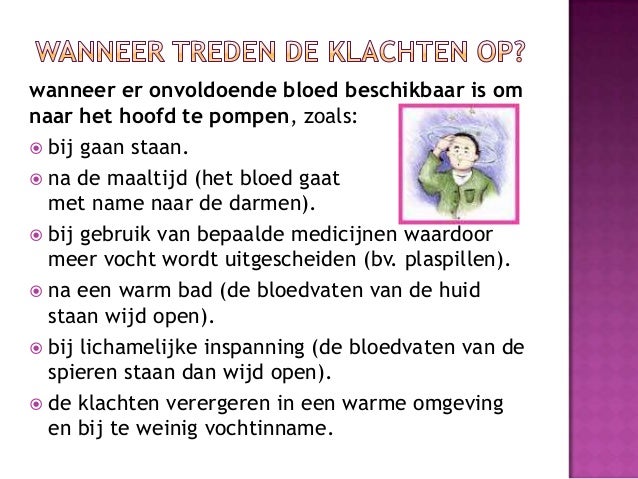
A woman may be at an increased risk if she: Who is at risk for yeast infections?Īny woman can get a yeast infection. Always consult your health care provider for a diagnosis. The symptoms of a vaginal candida infection may look like other conditions or medical problems. Itching and redness of the vulva and vagina The following are the most common symptoms of a candida infection:Ī thick, white, cottage cheese-like vaginal discharge that is watery and usually odorless What are the symptoms of a yeast infection?

Other factors that can cause imbalance include a weak immune system, pregnancy, and diabetes. In turn, the yeast overgrows, causing an infection. In this case, the antibiotic kills the bacteria that normally protects and balances the yeast in the vagina. For example, taking an antibiotic to treat another infection may upset this balance. Infection occurs when something upsets this normal balance. Yeast is normally present and well-balanced in the vagina. Candida can also be present in the mouth and digestive tract in both men and women. It normally lives in the vagina in small numbers. Yeast infections, as they are commonly called, are caused by one of the many species of fungus known as candida. Chlamydia is one of the most common sexually transmitted diseases in the U.S., although it often goes undiagnosed. PID increases a woman's risk of infertility, pelvic scarring, chronic pelvic pain, and ectopic pregnancy. If left untreated, they can lead to serious conditions, such as pelvic inflammatory disease (PID). These organisms don't infect the vagina directly. Your health care provider will consider other causes of vaginal discharge such as gonorrhea and chlamydia.

These are the most common types of vaginitis: Changes in any of these factors can trigger vaginitis. These include your overall health, your personal hygiene, medicines, hormones (particularly estrogen), and the health of your sexual partner. Also, a number of different factors can affect the health of your vagina. Sometimes, it occurs from organisms that are passed between sexual partners. What causes vaginitis?īacteria, yeast, viruses, chemicals in creams or sprays, and even clothing can cause vaginitis. When the walls of the vagina become inflamed, because some irritant has disturbed the balance of the vaginal area, vaginitis can occur. One-third of women have at least one form of vaginitis at some time during their lives. Inflammation may be infectious or noninfectious. Vaginitis refers to any inflammation of the vagina.


 0 kommentar(er)
0 kommentar(er)
